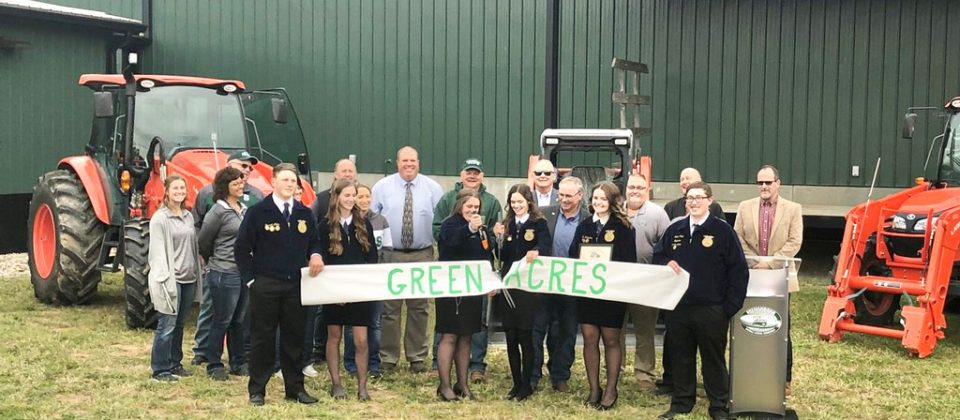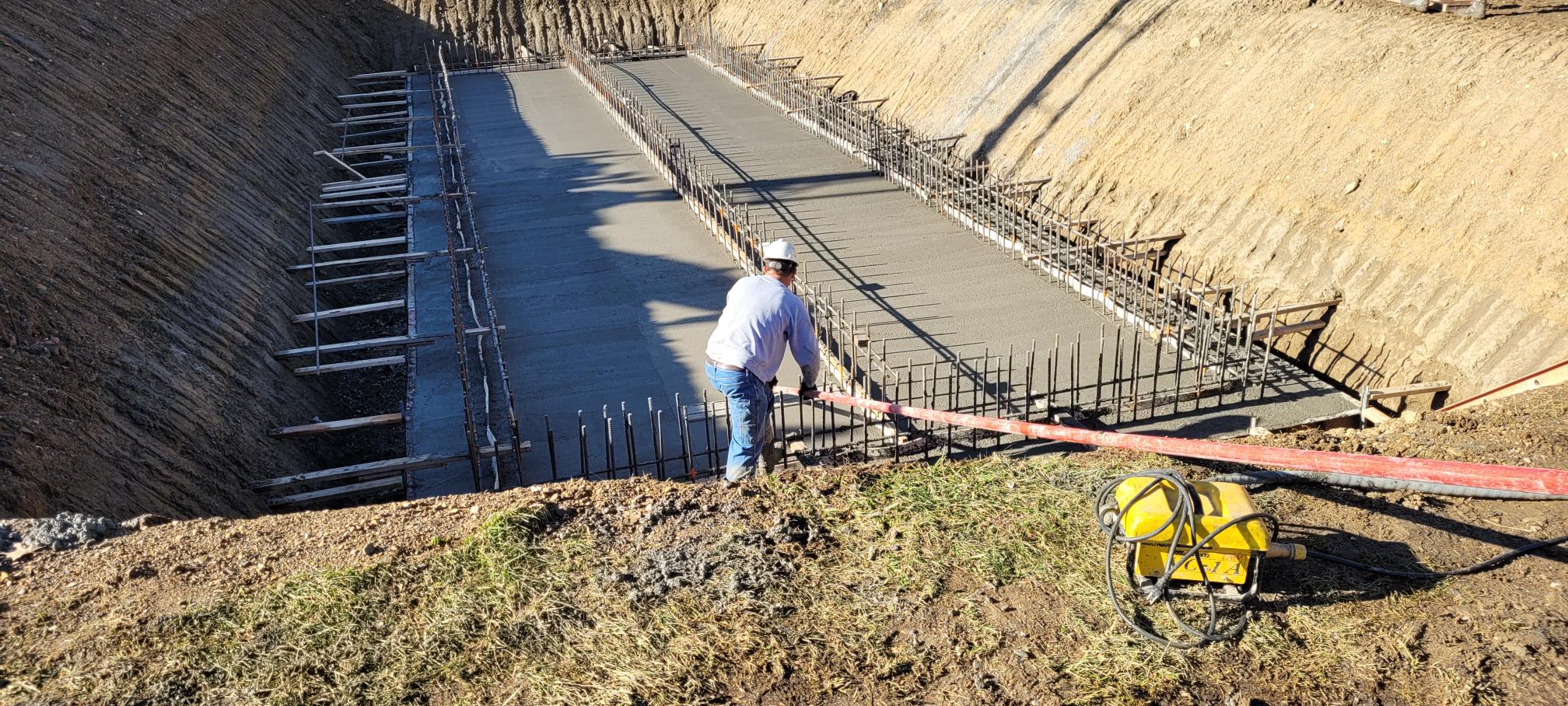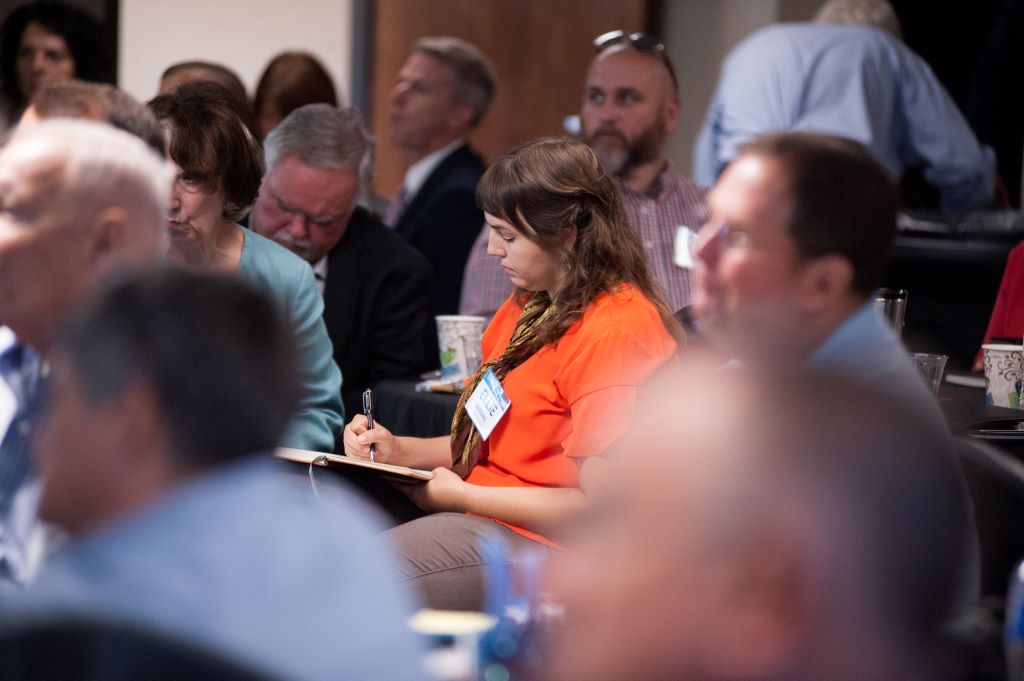Home / Community Development / Funding Opportunities / Appalachian Regional Commission
Appalachian Regional Commission
The Appalachian Regional Commission (ARC) is a federal-state partnership that works with Appalachian communities to create opportunities for self-sustaining economic development and improved quality of life. Local Development Districts, like Buckeye Hills Regional Council, work in partnership with the ARC to promote regional strategies for partnerships, progress, and prosperity.



